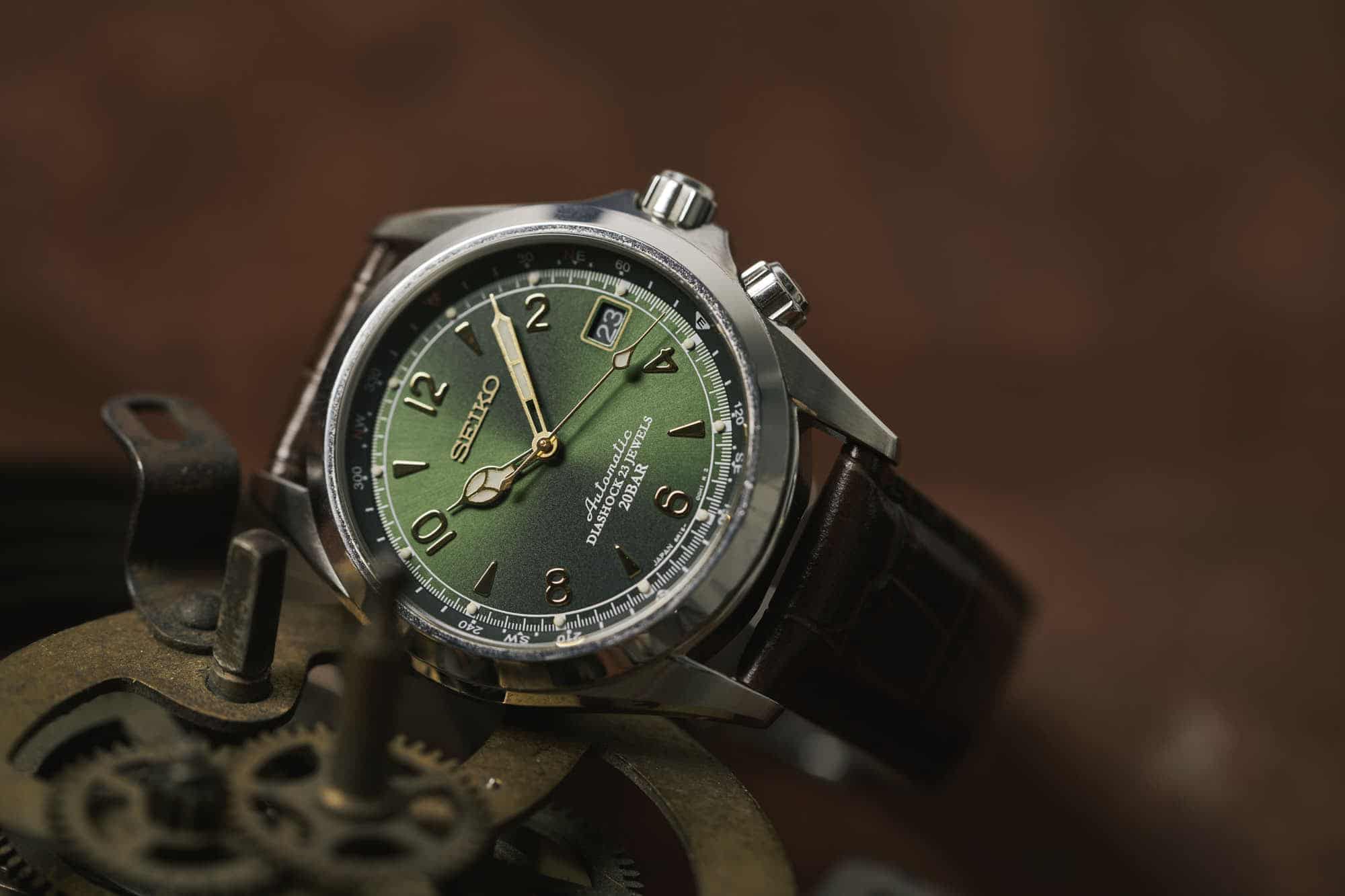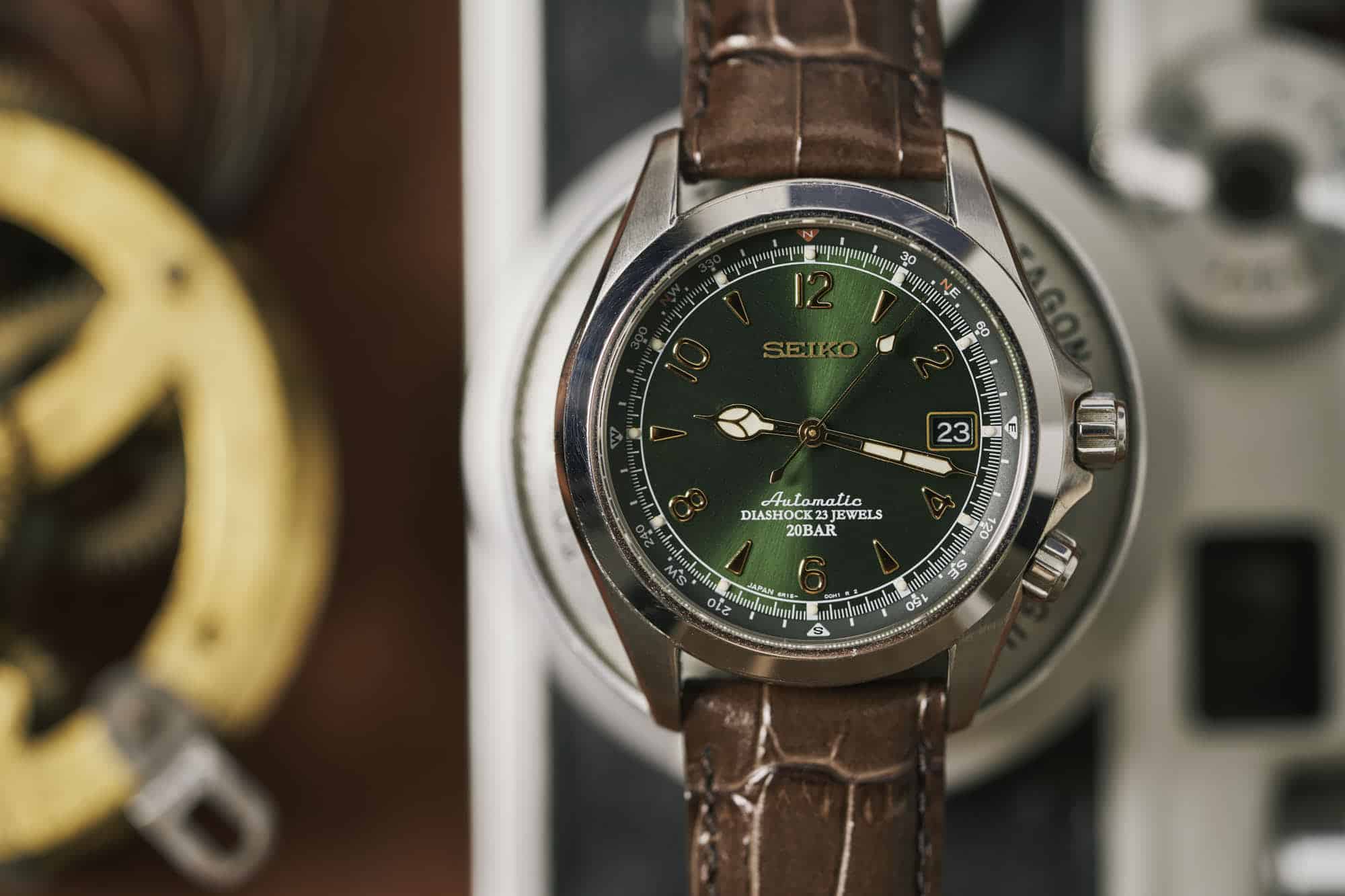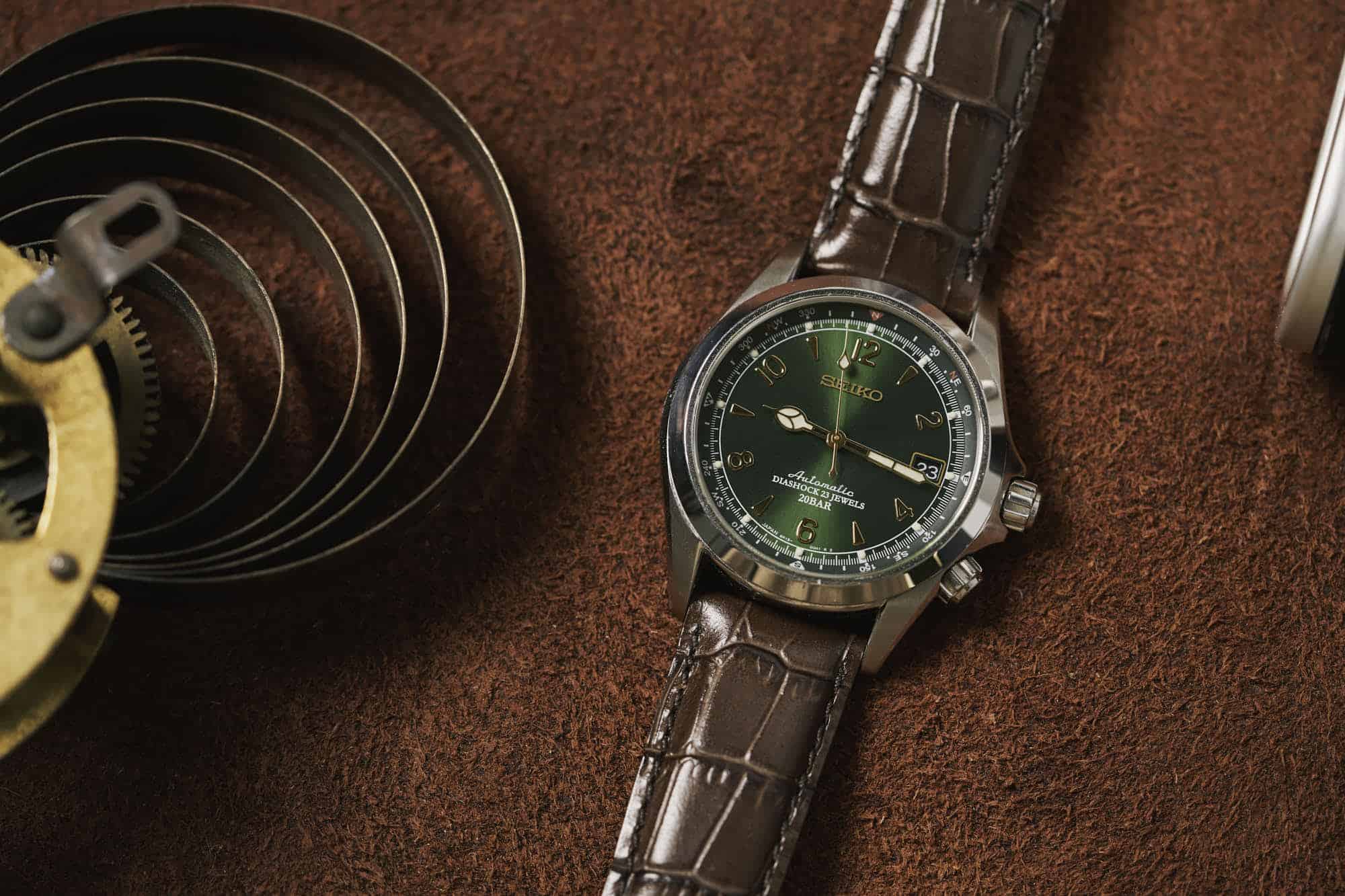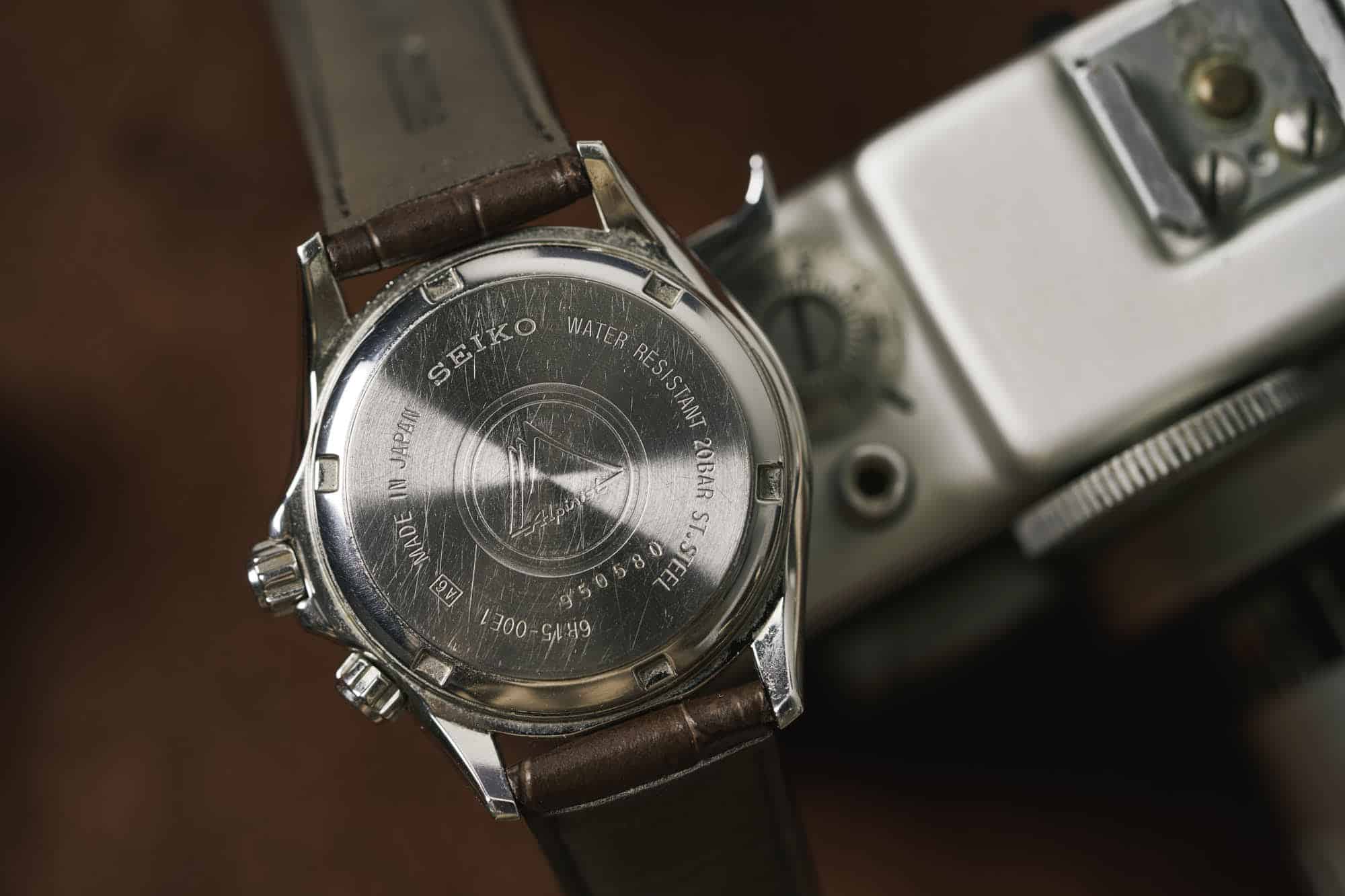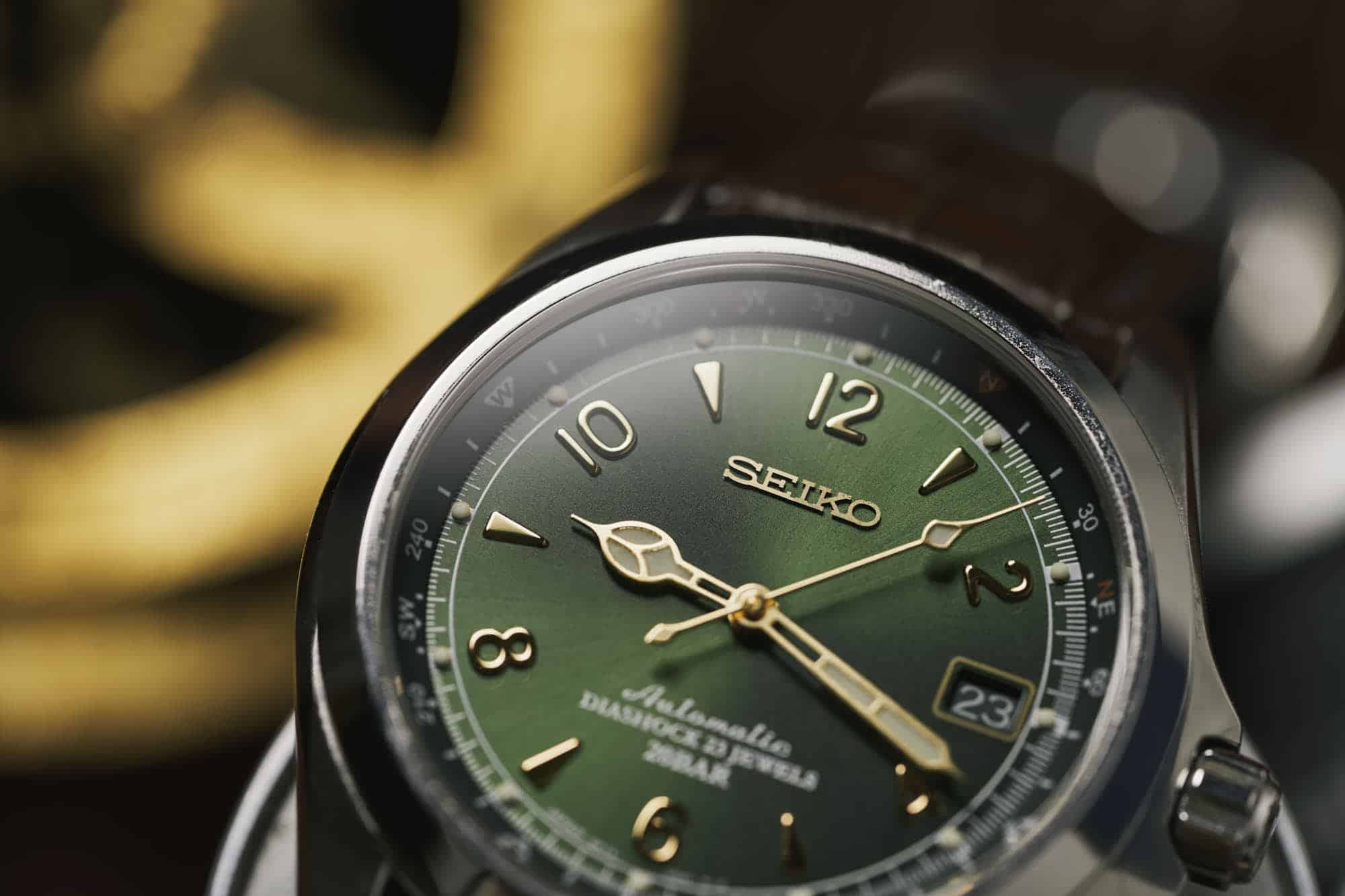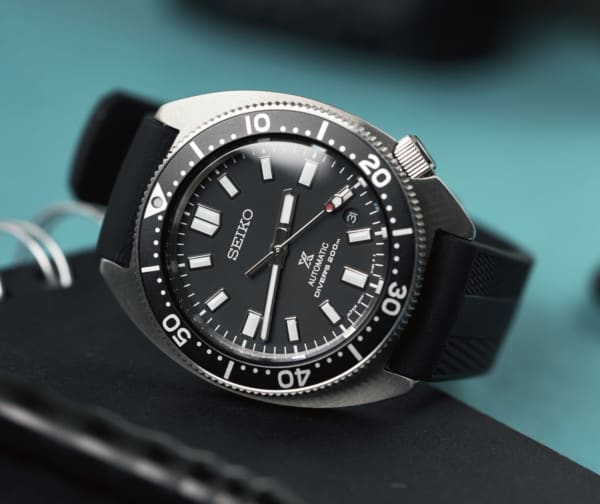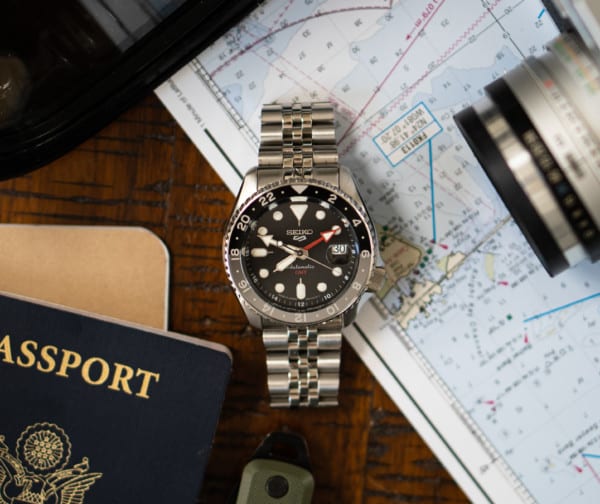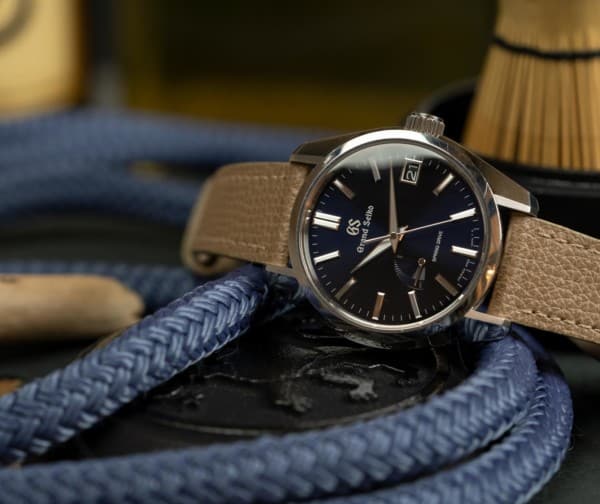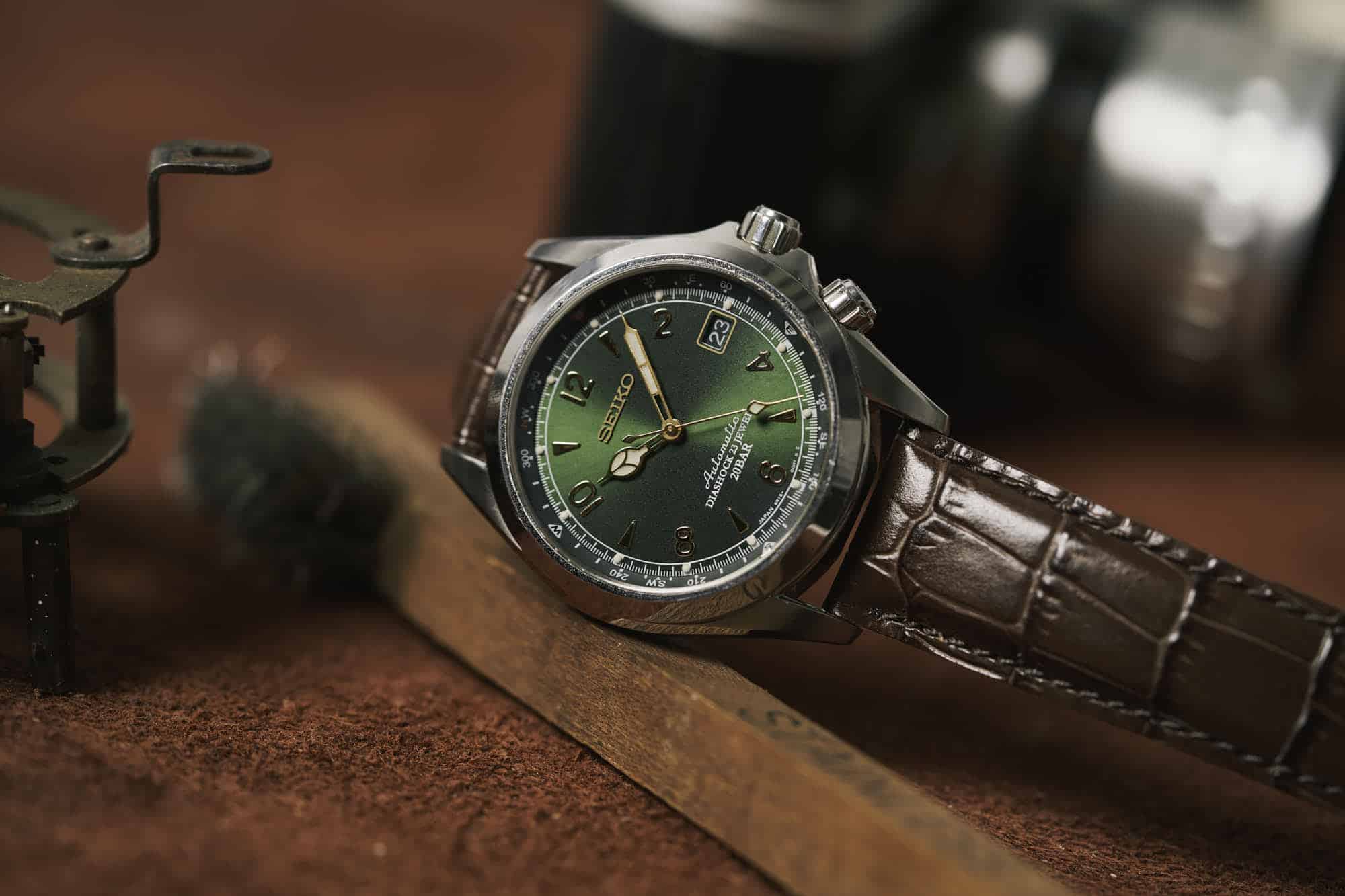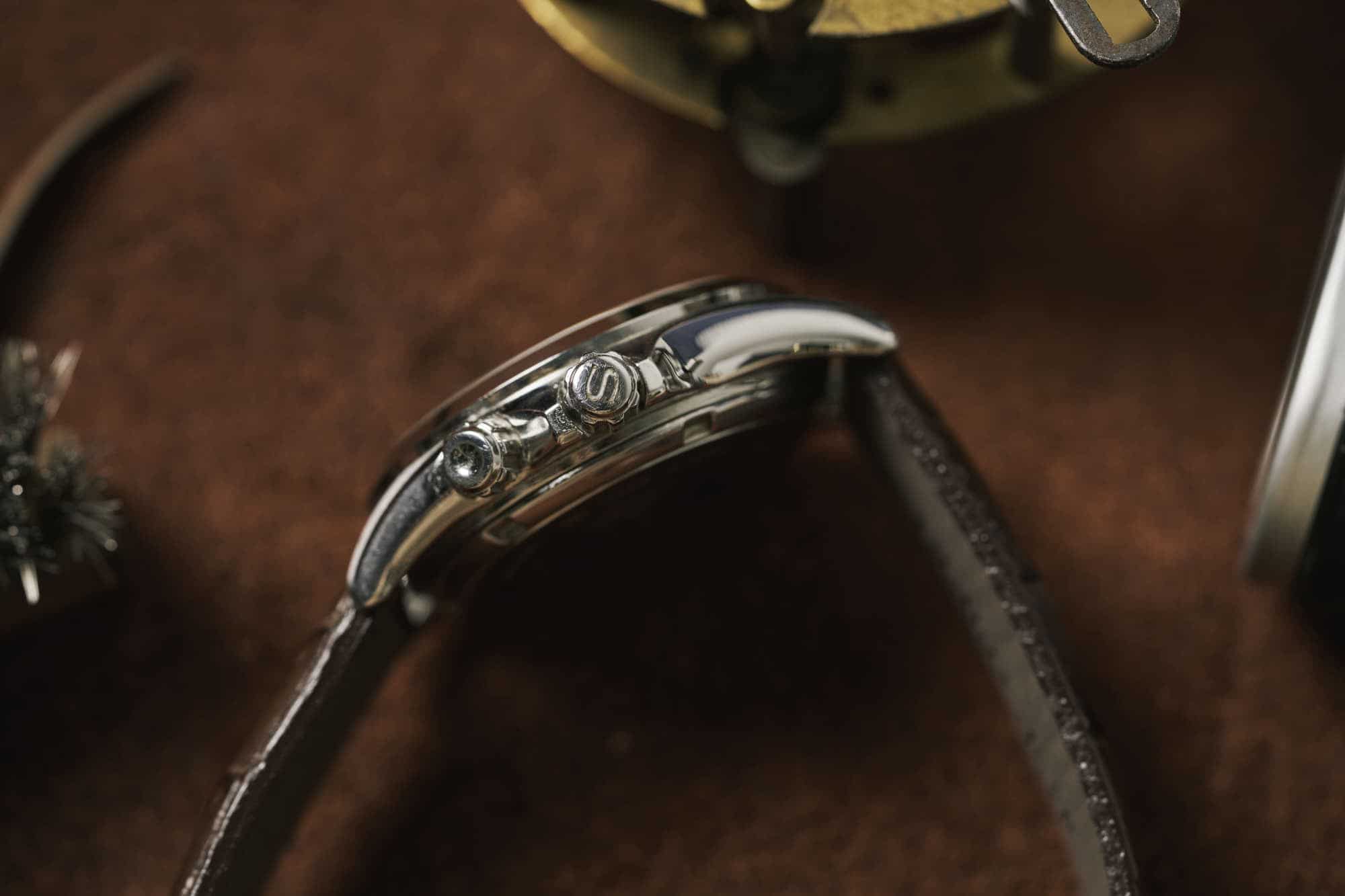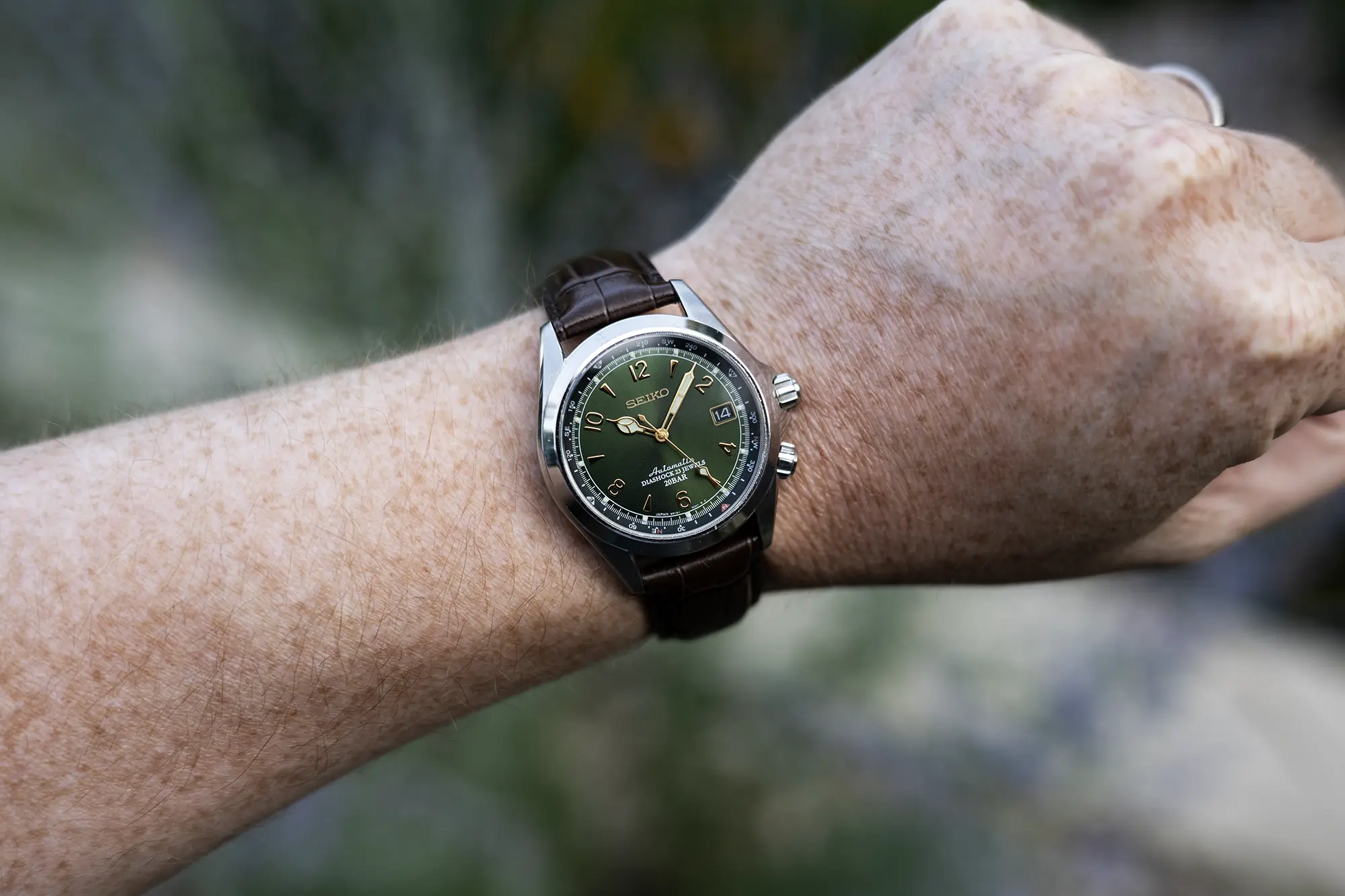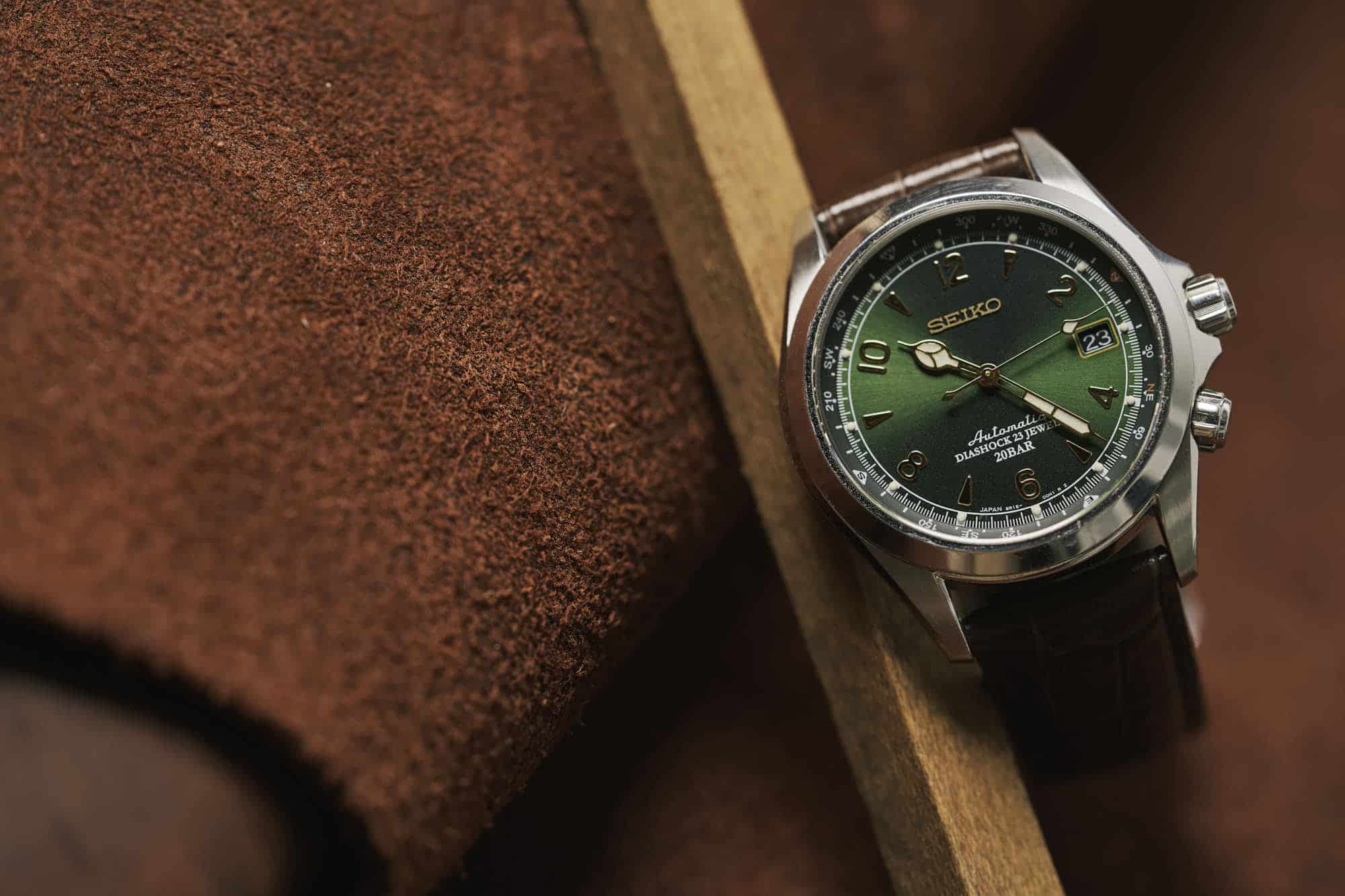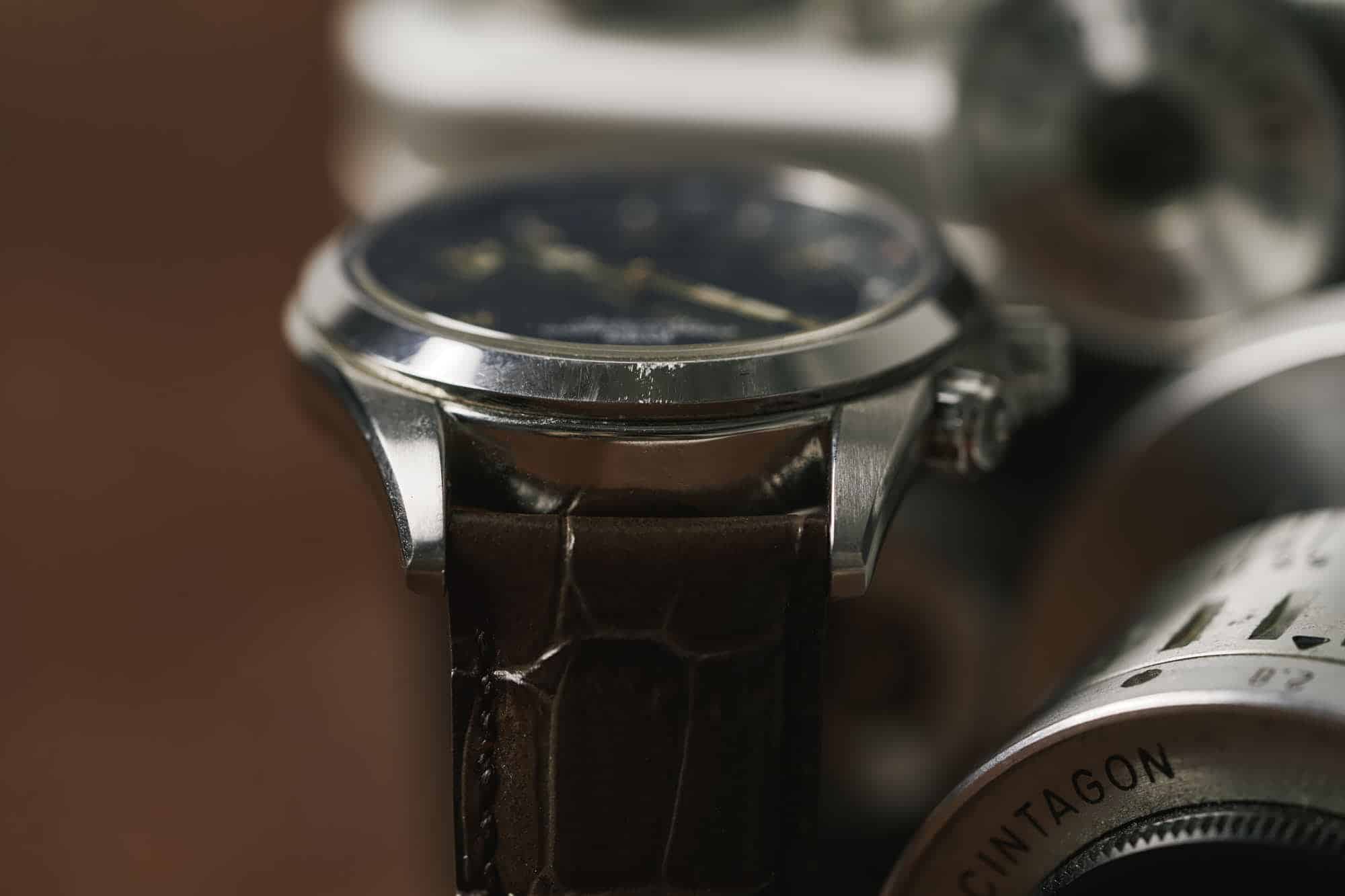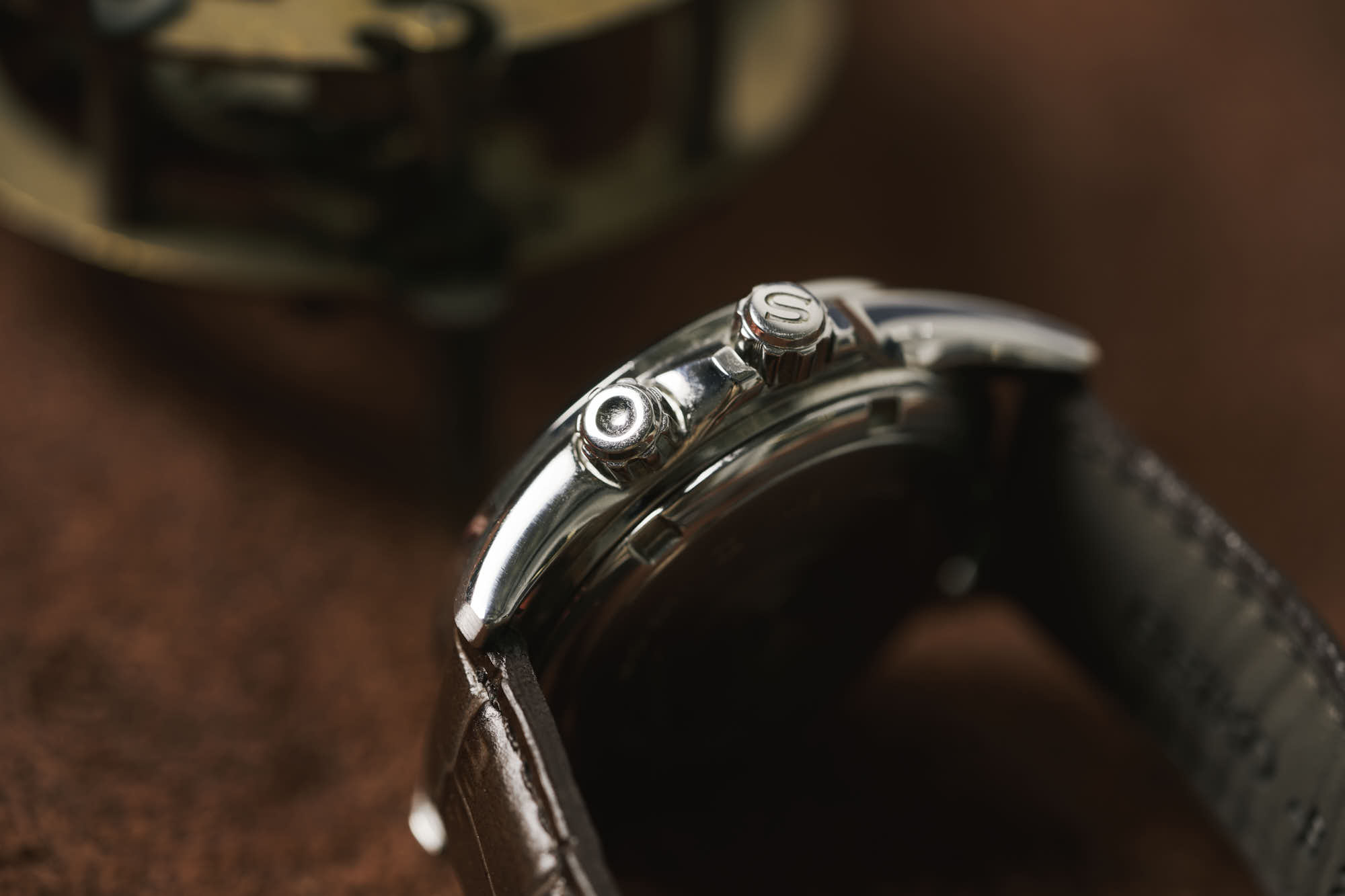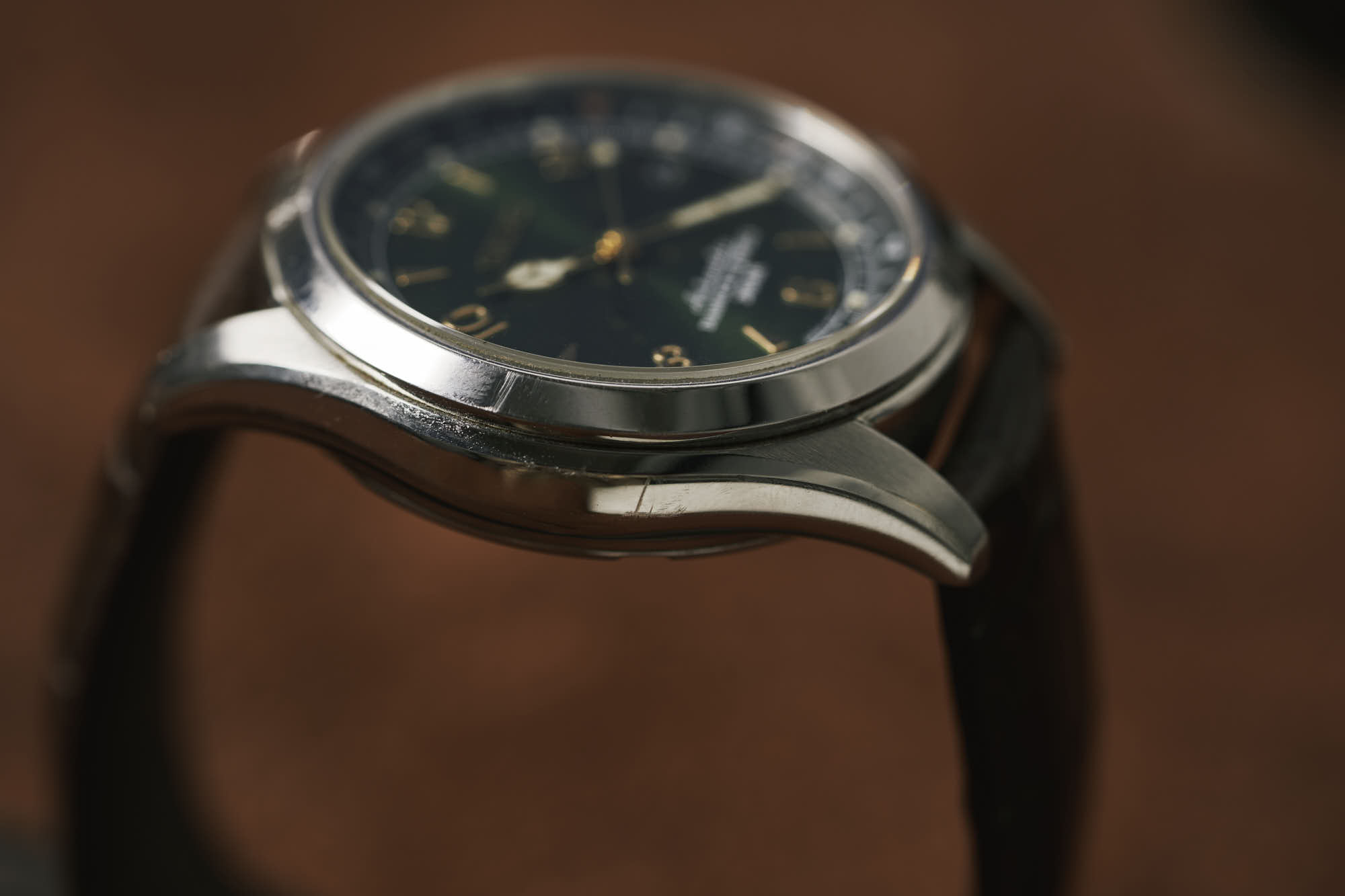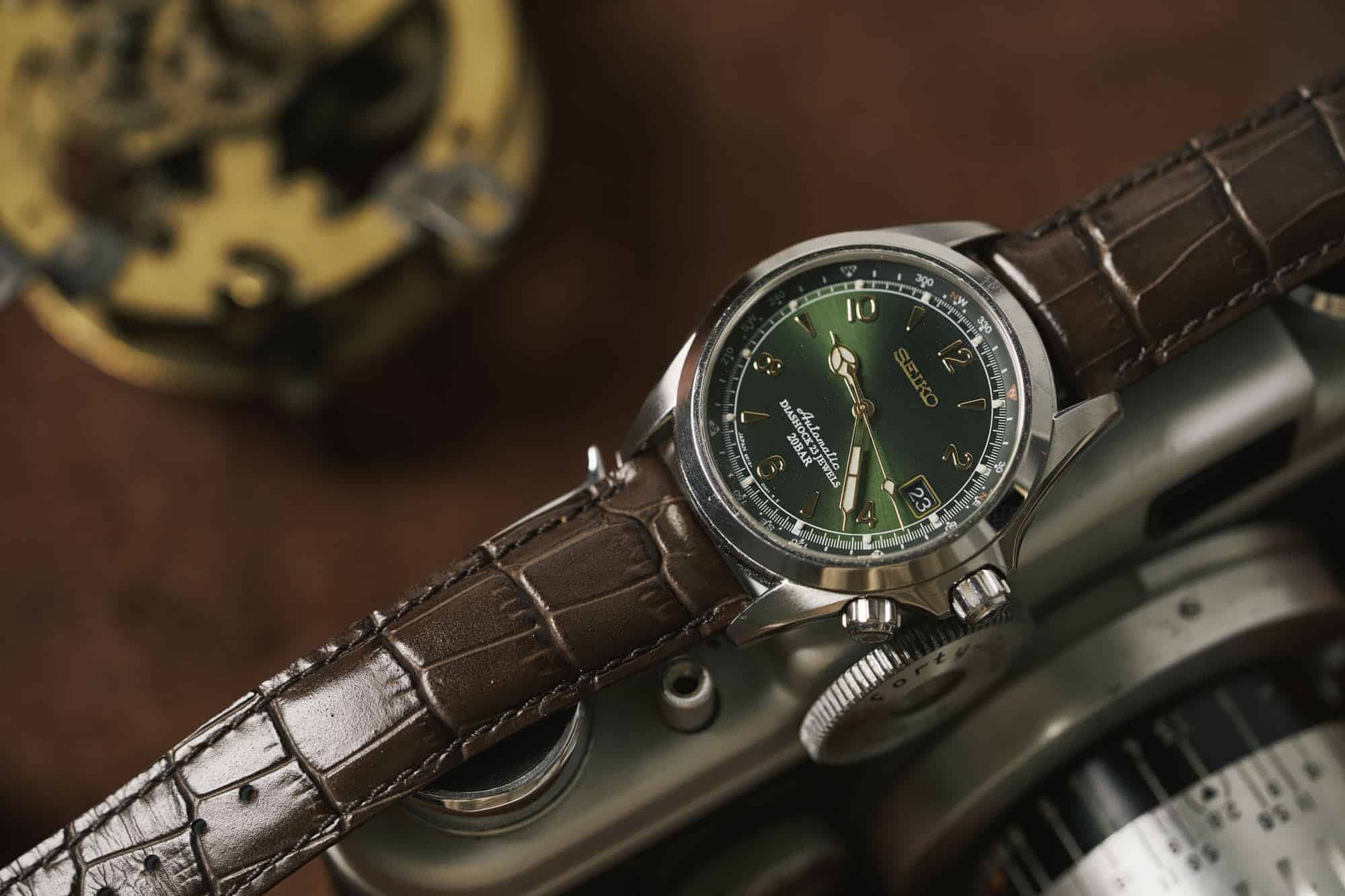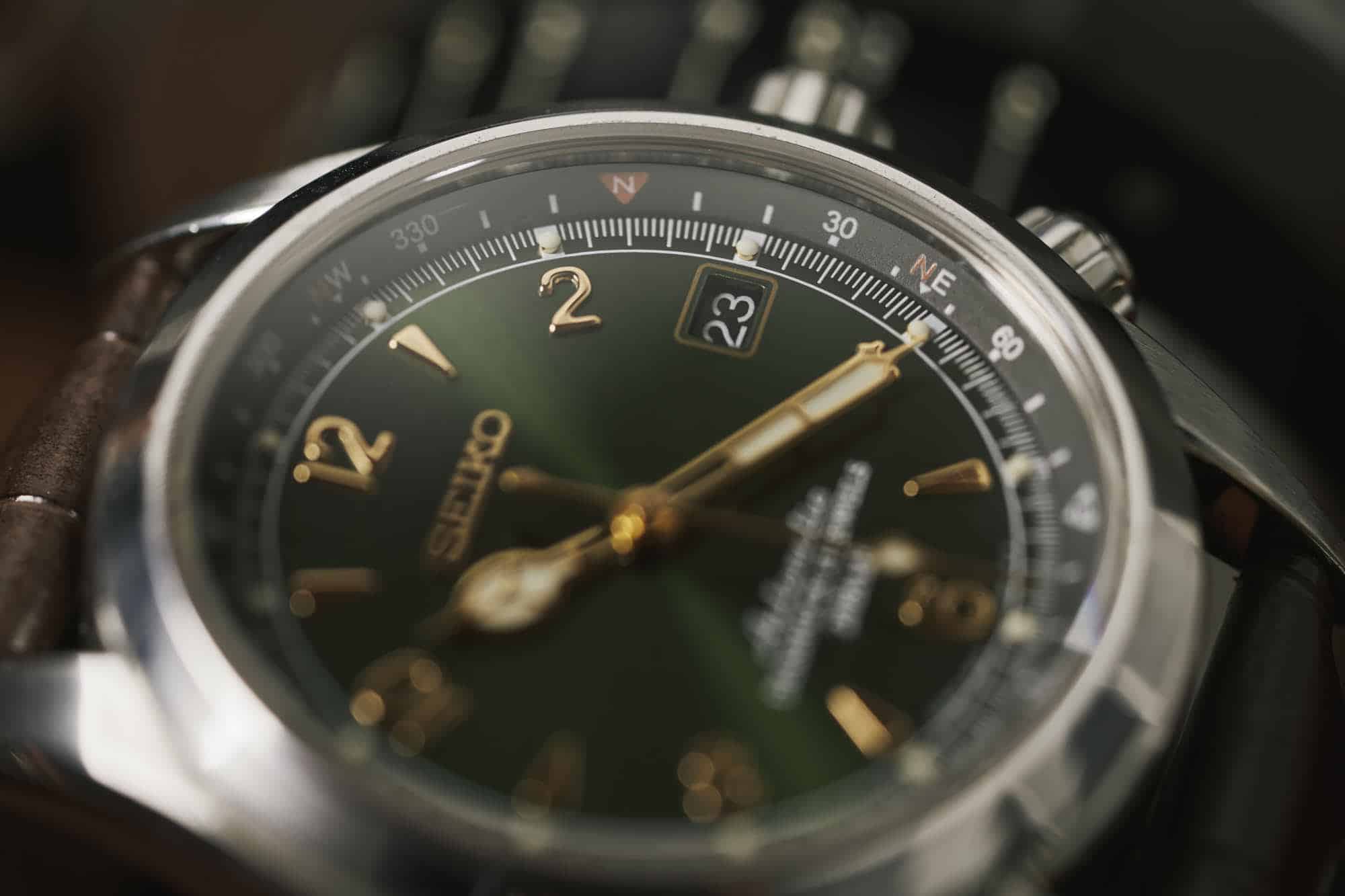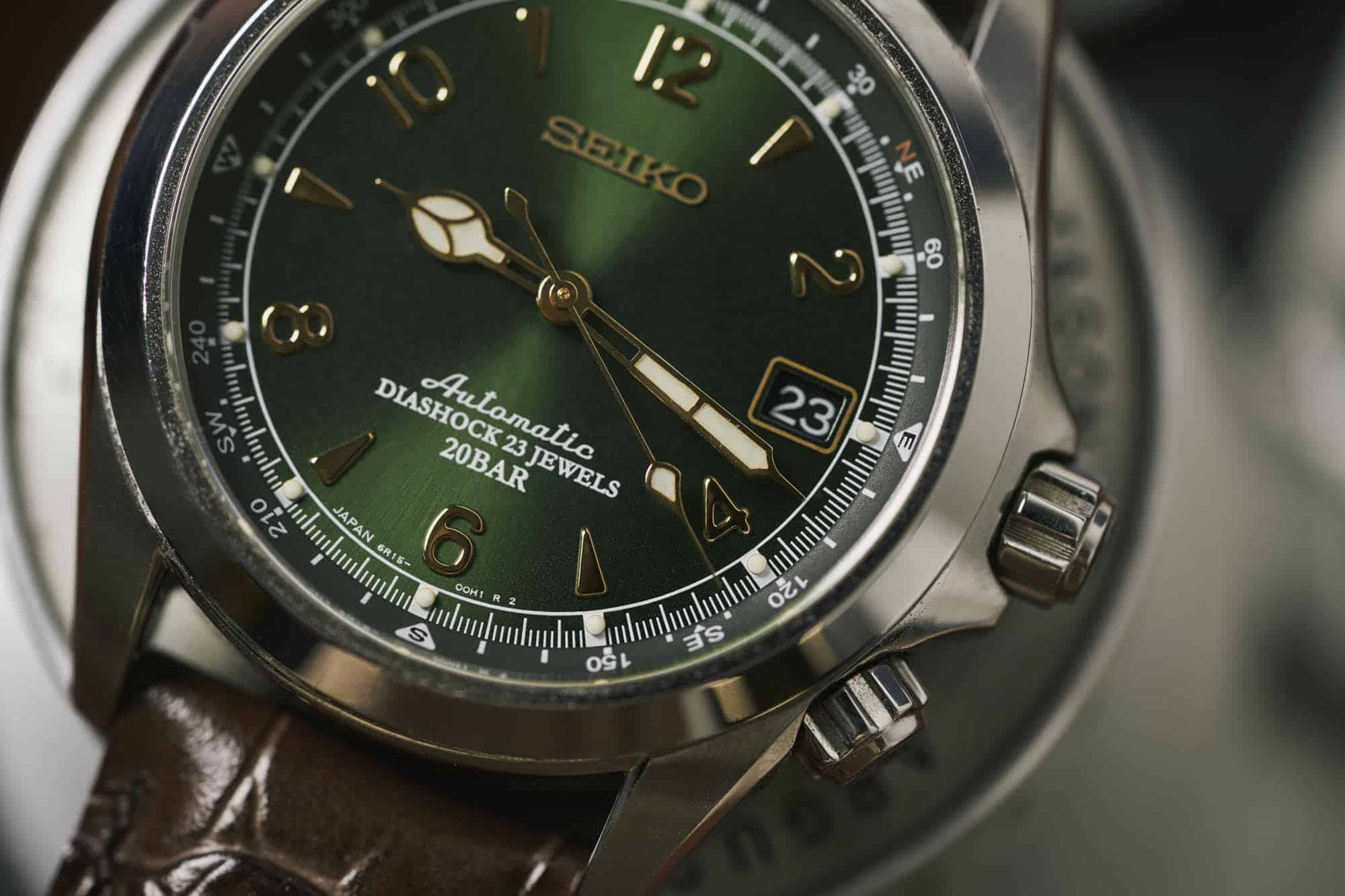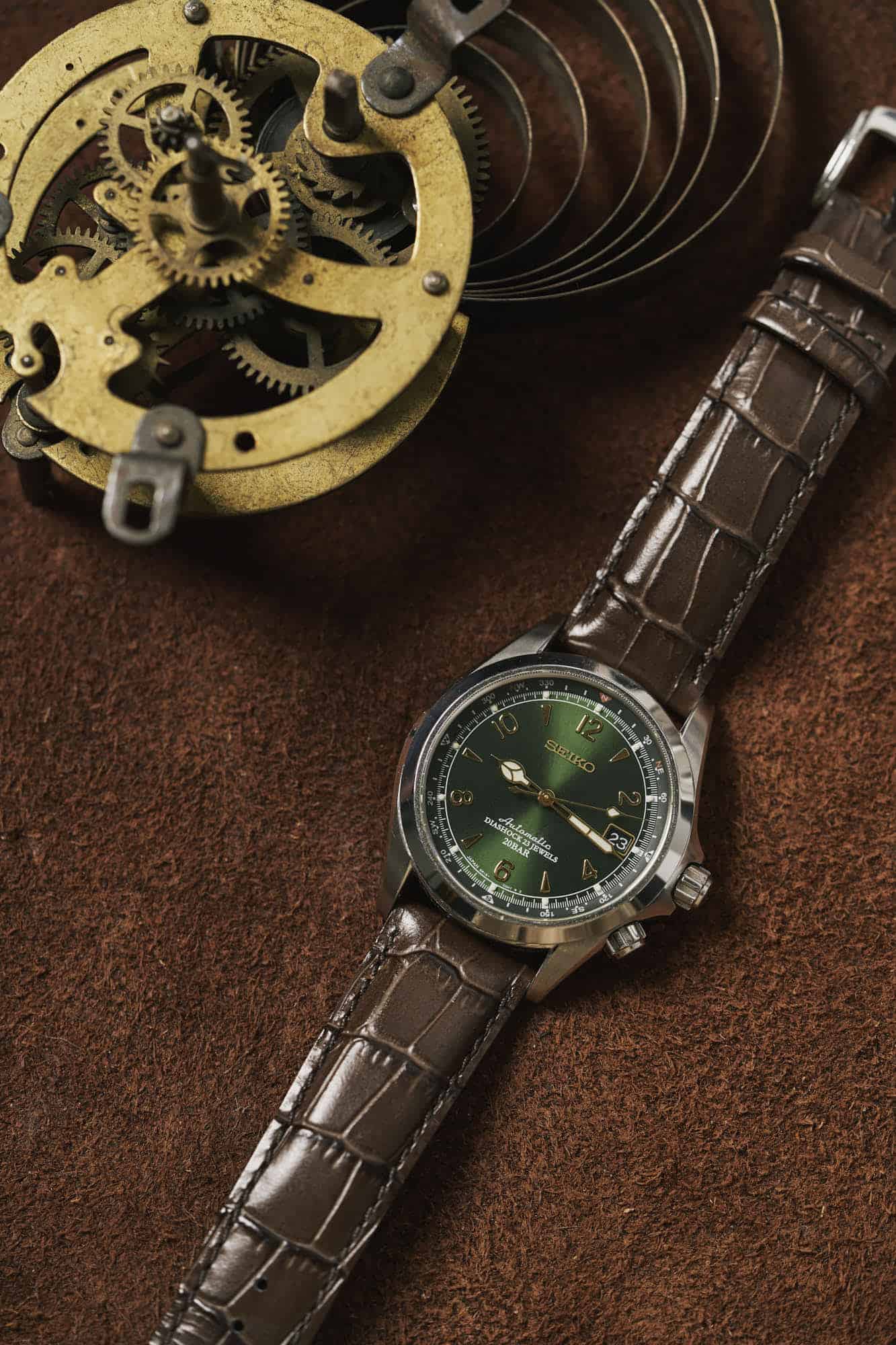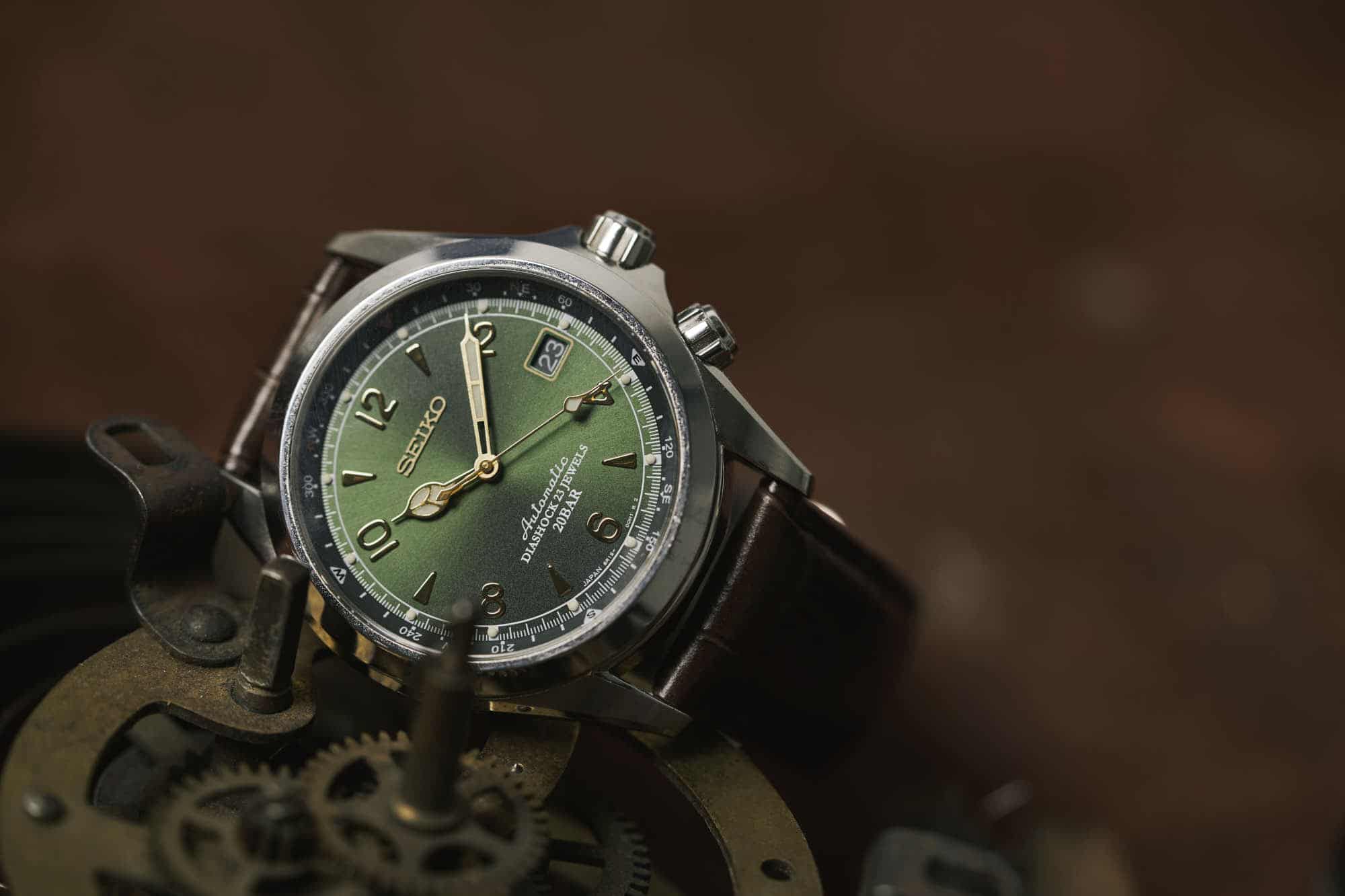We all have unique origin stories about the watches that got us into the hobby, or the watches responsible for pulling us in deeper. As varied as those stories surely are, the overlap of appearances by a certain handful of watches is likely quite high. While not universal, I’d wager that the highest percentage of overlap is among Seiko watches, stuff like the SKX007, the 6139, and the Alpinist SARB017. Each of those references make appearances somewhere along the early stages of my own journey, and this Missed Review will focus specifically on that last one, the Alpinist SARB017, a watch that’s easy to take for granted these days. There was a time, however, when this watch had a near mythic appeal. In some ways, it still does.
The Alpinist holds an interesting place in Seiko history, and while the name may no longer exist formally, it still holds a tremendous amount of equity when it comes to Seiko field watches and their enthusiasts. The name itself dates back to the early ‘60s with the Laurel Alpinist and Champion Alpinist, though it wouldn’t appear on a modern design until 1995 with the so-called ‘red Alpinist’ SCVF references designed by Shigeo Sakai. It is this design that would set the template for the 2006 SARB references, and the current Prospex Land watches which no longer employ the Alpinist nomenclature.









 Featured Videos
Featured Videos




